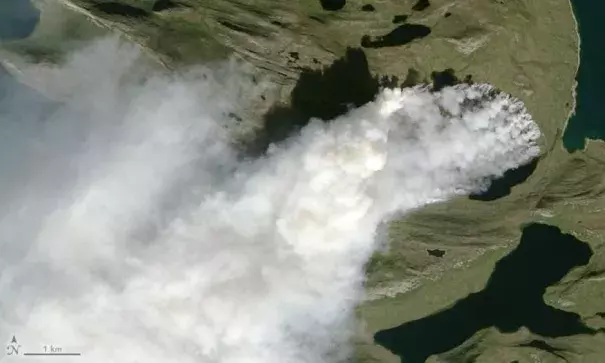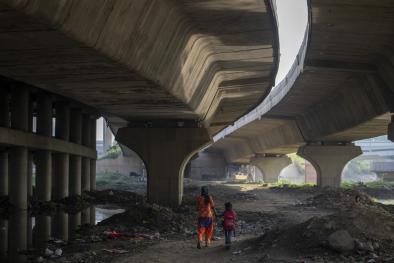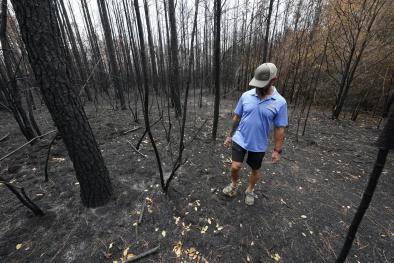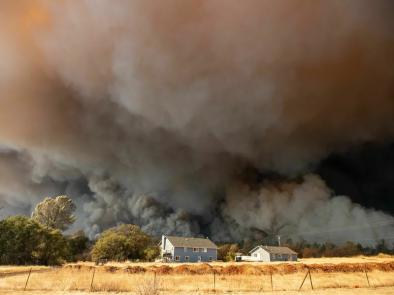Climate change likely triggered wildfires raging through Greenland, scientists warn

Greenland is burning. Not all of it—this northern island is mostly ice—but a cluster of large wildfires is currently spreading through western Greenland, near the town of Kangerlussuaq, a base camp for researchers studying the island’s ice sheets. The strange event has surprised researchers, who are unaccustomed to blazes of this size in the area.
At first, scientists thought traces of smoke in the satellite data from this region were anomalies in the data, says Jessica McCarty, assistant professor of geography at Miami University of Ohio. But a closer look revealed that the area was burning.
The fires started on July 31 and are still going strong. Researchers suspect that the fire is fueled by peat, a dark soil rich in organic material found throughout the northern latitudes. Besides peat, only grasses and rocks make up the landscape in this region, McCarty says. The largest of these fires covers an area that is 3,000 acres in size, and the blaze is likely the largest ever observed on the island, says Jeff Weber, a scientist with the University Corporation for Atmospheric Research in Boulder, Colorado.
Climate change has almost certainly contributed to this fire. Research shows that warming temperatures associated with human influences have already led to the melting and degradation of west Greenland’s permafrost, soil and sediment that usually stays frozen year-round. Rain has been sparse this summer, and temperatures have been slightly warmer than average, drying out the soil and grass and setting the stage for the fire, McCarty adds.
Related Content






